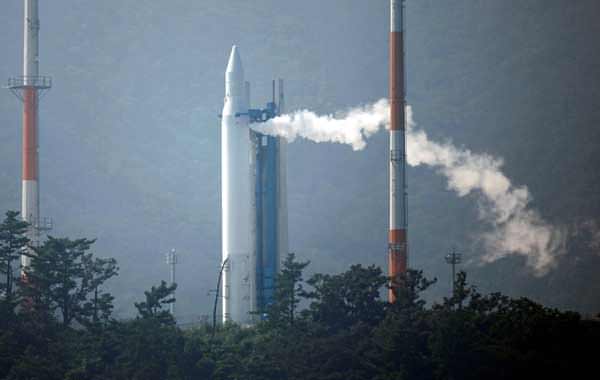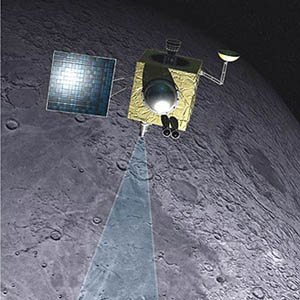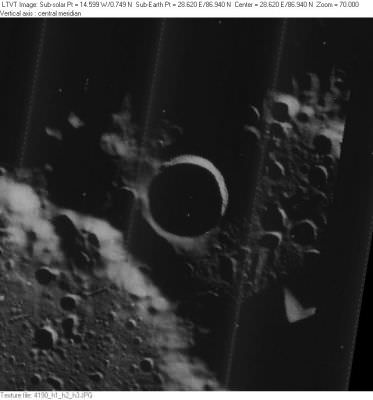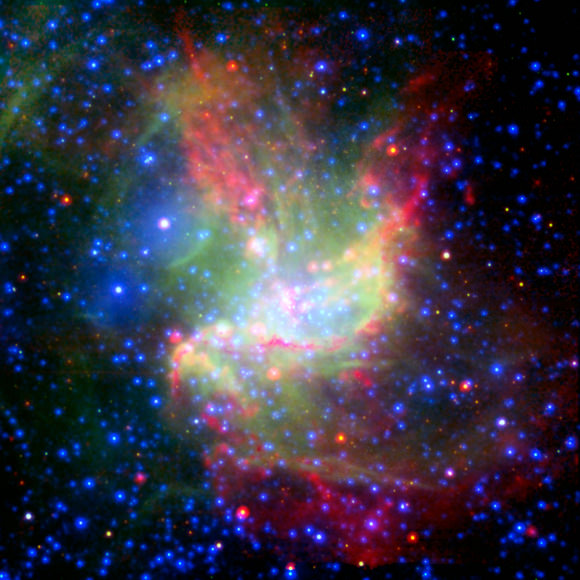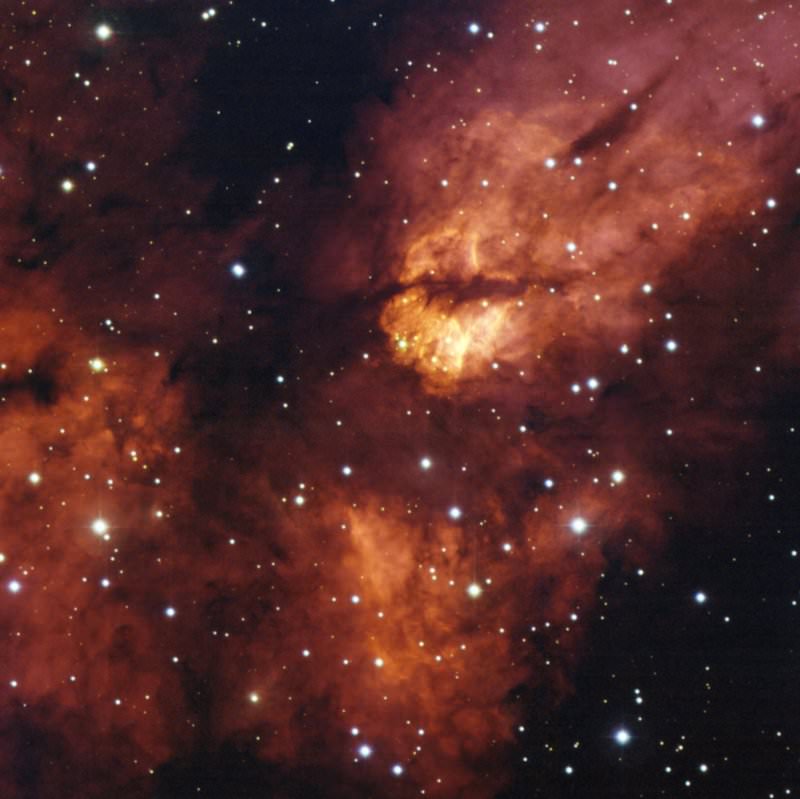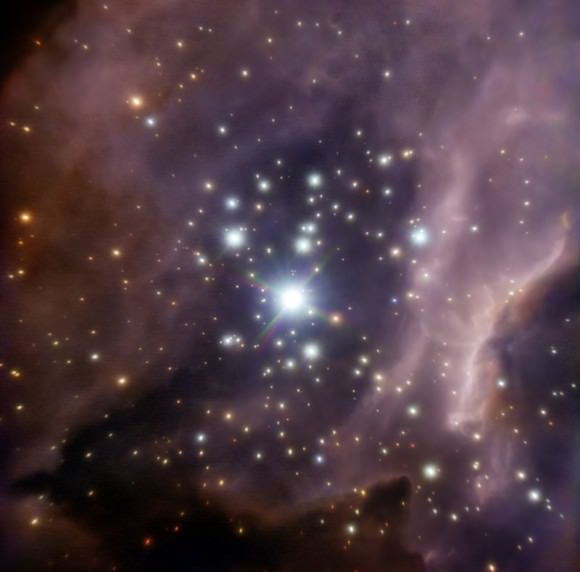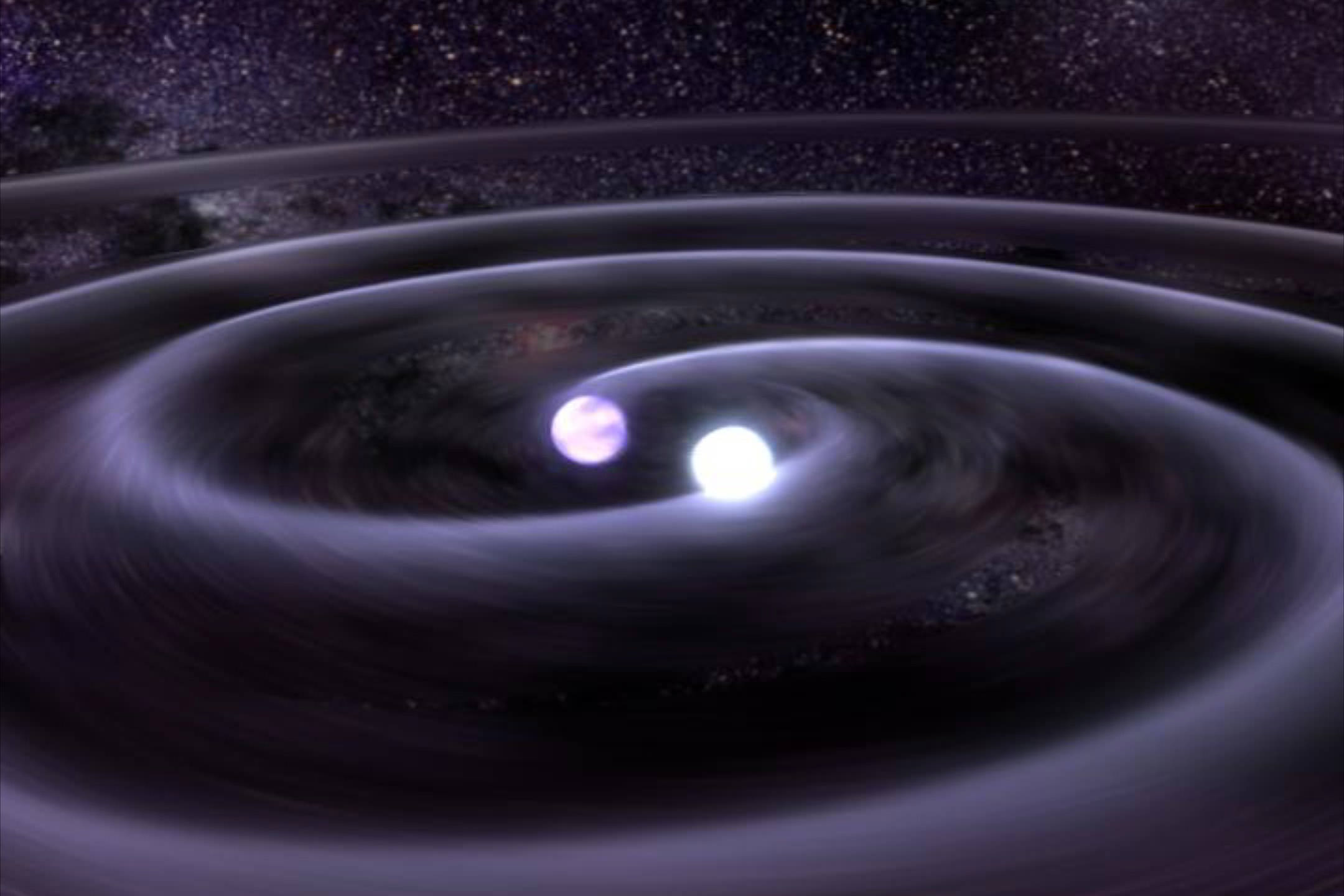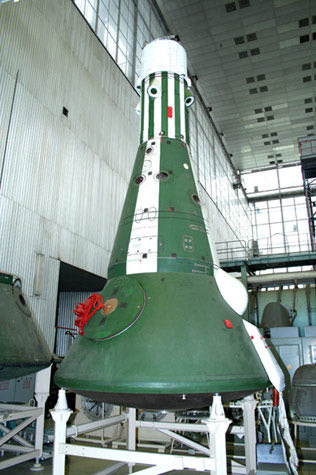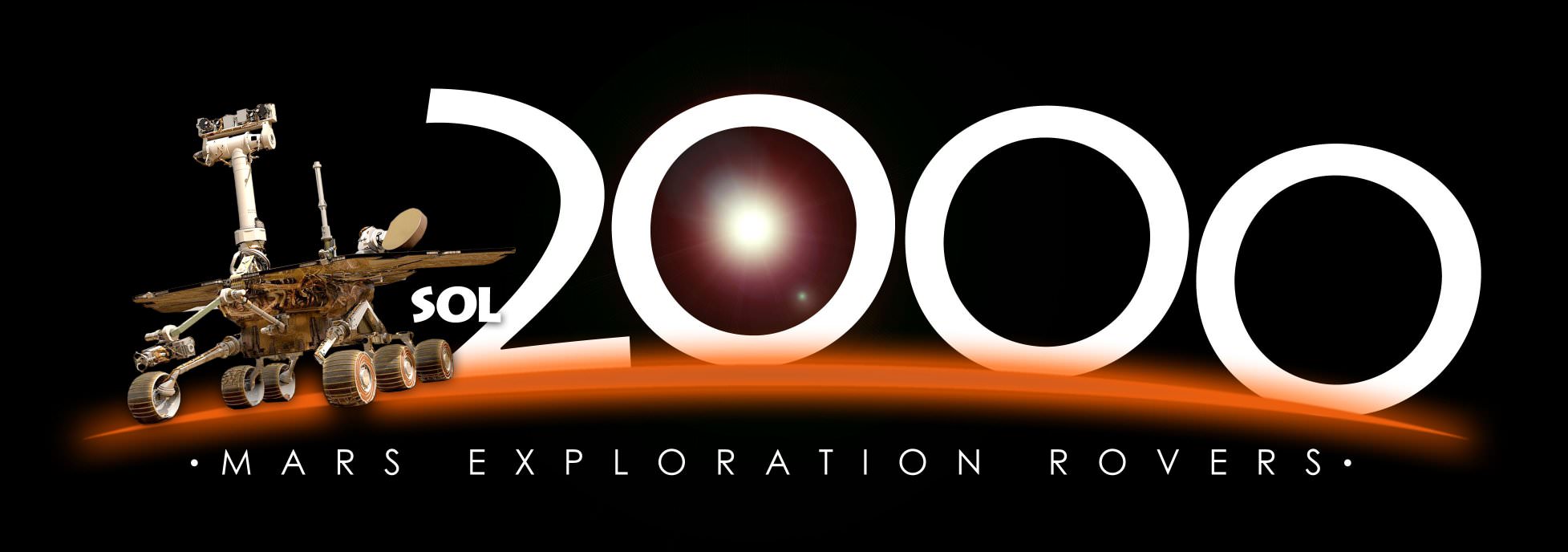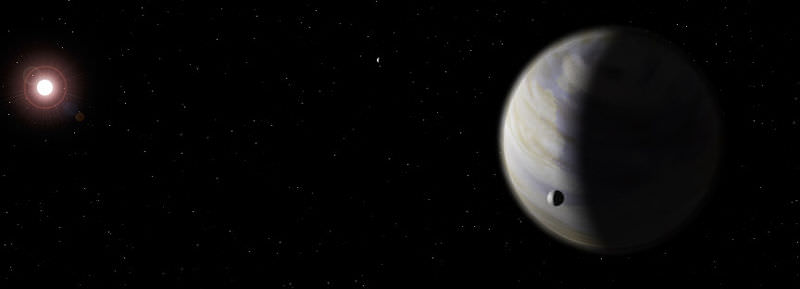[/caption]
The launch of South Korea’s first domestic rocket launch was aborted on Wednesday just minutes before scheduled liftoff because of a technical problem, delaying South Korea’s mini space race with North Korea. The two-stage rocket, called the Naro will be South Korea’s first launch from its own territory. Officials expect another liftoff will be attempted in a few days. Another launch attempt on July 30 was also aborted. The satellite was domestically built, with help from Russia and will observe the atmosphere and ocean. The launch attempt came about four months after North Korea was widely criticized for firing its own rocket in defiance of United Nations sanctions.
Meanwhile, NASA officials have cleared space shuttle Discovery to launch on August 25 for the STS-128 mission to the International Space Station. As of now, weather is the only issue that might delay the mission.

Discovery will carry the Leonardo supply module to the International Space Station during STS-128, along with a new crew member for the station, Nicole Stott.
Launch is set for 1:36 am EDT (yes, that’s EXTREME am!) on the 25th. The good news about that hour is that launch should come well before any typical afternoon storms can brew up in the Florida skies. But then, it is hurricane season, and NASA is keeping an eye on a few tropical storms on the horizon.
Commanded by veteran astronaut Rick “C.J.” Sturckow, the STS-128 mission crew will deliver refrigerator-sized racks full of equipment, including the COLBERT treadmill, an exercise device named after comedian Stephen Colbert.
Stott will take the place of Tim Kopra, who moved into the station during STS-127. Pilot Kevin Ford and Mission Specialists Patrick Forrester, Jose Hernandez, John “Danny” Olivas and Sweden’s Christer Fuglesang round out the crew.
Sources: Discovery News, NASA

